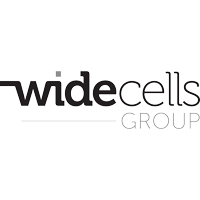What is Essential Thrombocythaemia?
Essential Thrombocythaemia is a rare blood disorder caused by an overproduction of megakaryocytes, the cells responsible for making platelets in our bone marrow.
Essential Thrombocythaemia is a myeloproliferative neoplasm, part of a group of disorders characterised by an increased production of one of the blood cell types, in this case, platelets.
Essential Thrombocythaemia is considered a chronic form of leukaemia with a good prognosis.
It usually requires no treatment and people with Essential Thrombocythaemia will have a normal life expectancy. However, it can lead to acute Myeloid Leukaemia or Myelofibrosis.
The disease affects approximately 1 in 100,000 people worldwide and is more common in women than in men. The average age of onset is 65–70 years old.
Diagnosis is usually made after a routine blood test that reveals an elevated platelet count. A bone marrow biopsy will usually be taken and genetic testing may be carried out.
However, excessive platelets can result in blood clots and this is the greatest health risk for a person with Essential Thrombocythaemia, as this can lead to a heart attack or stroke.
People with Essential Thrombocythaemia don’t usually show symptoms. However, when symptoms do appear they can include:
- headaches
- dizziness
- weakness
- bleeding
- blood clots
- Deep Vein Thrombosis
- pulmonary embolism
- vomiting
- abdominal pain
- fainting
- numbness in the extremities
- increased white blood cell count
- reduced red blood cell count
- enlarged spleen, caused by obstruction of blood flow
The exact cause of Essential Thrombocythaemia is unknown, although up to 50% of patients have a genetic mutation in the JAK2 kinase gene. This gene provides instructions for a protein responsible for red blood cell production.

